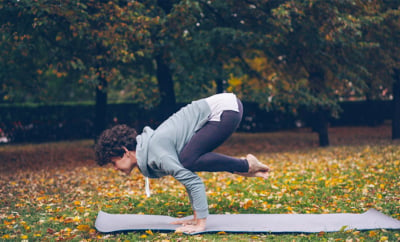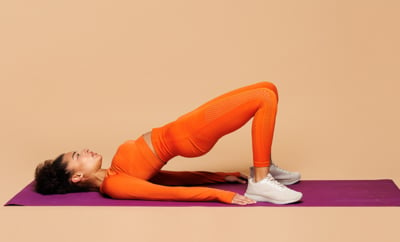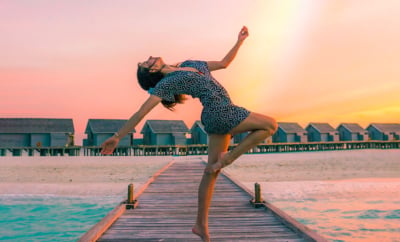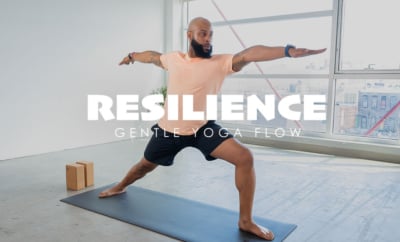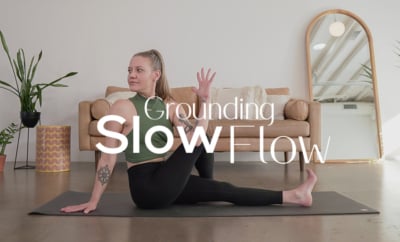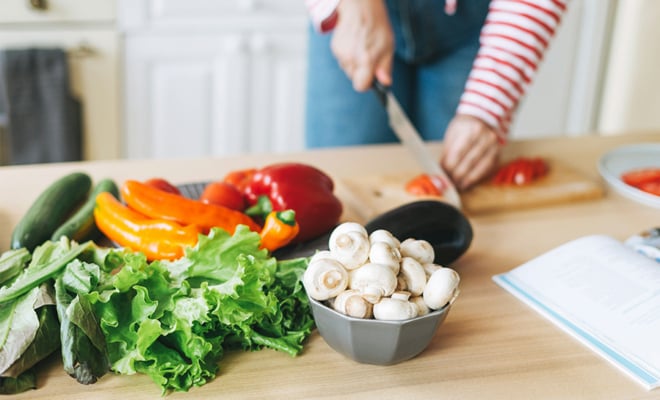Stretches Yogis + Athletes Should ALWAYS Incorporate
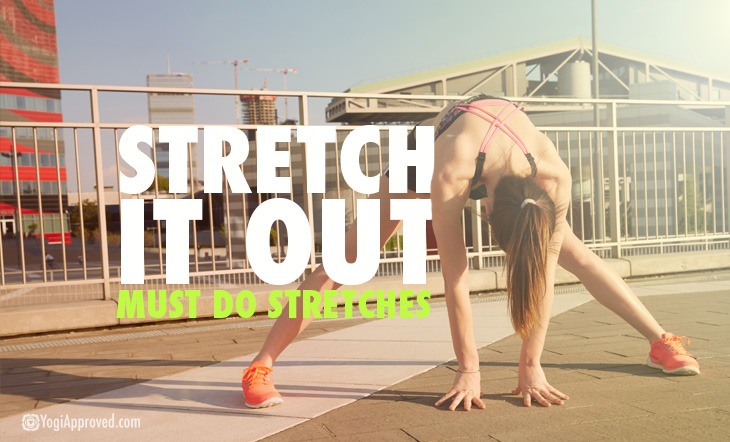
must do stretches
Flexibility affects everything we do – from getting out of bed, to cleaning the house, our physical performance, how we feel both physically and emotionally, even our breathing.
Unfortunately old age, prior injuries, and a sedentary lifestyle can lead to a lack of flexibility. When the body lacks flexibility, we can create postural compensation habits over time that can lead to a reduction in the mobility of our joints.
To keep the body from becoming stiff and in pain, we need to keep our joints healthy and mobile, which can only happen by maintaining flexibility.
Flexibility is an aspect of health that many people neglect or do not fully understand its importance. You will often hear athletes – runners, cyclists, weight lifters, etc. – say that they “don’t stretch” or even worse – that they “don’t need to stretch.”
If you are one of the people that feel you don’t need to add stretching to your wellness routine, keep reading – you might just change your mind.
Here’s a brief list of just some of the reasons that stretching is so important for your overall health and wellbeing:
1. Flexibility increases the body’s overall ROM
Having more flexibility can make day-to-day activities, as well as exercise, easier, more enjoyable, and more accessible. To insure more independence in life as we get older, it is important to work on gaining flexibility in the body now.
2. Enhance athletic performance
When we lack flexibility, our speed, strength and power decreases. Athletes rely on strong, healthy muscles and stretching keeps their athletic performance at its best. When an athlete has full range of motion (ROM) as well as lengthened and strong muscles, their bodies are primed for maximum performance.
3. Injury prevention
If your muscles are tight, they become shortened and weak. When one muscle is weak, another muscle must compensate for the weaker muscle. This will cause the backup muscle to work overtime and eventually become fatigued and weak . . . leading to injuries.
4. Less back pain
Back pain can be caused not only by tight back muscles, but tight muscles throughout the body. Tight hamstrings can pull the pelvis down and place more pressure on the low back. Tight hip flexors and pelvic muscles will place more pressure on the lumbar spine, which can also cause low back pain.
5. Better posture
Tight muscles can affect your spinal alignment and posture. If the muscles surrounding your joints are tight, they can pull your joints out of alignment, which can also cause some joints to bear weight when they were not made to. This not only leads to poor posture, but increased risk of injury too.
6. Improved circulation
Tight and tense muscles can have a negative impact on blood circulation in your body. Blood circulation supplies nutrients and oxygen to the organs, including the heart. Better circulation also moves toxins and waste through the body, and the faster we can rid the body of toxins with better circulation, the faster it will heal.
7. Travel
A wider ROM will provide more comfort when traveling because you have the flexibility to sit in different positions. You will also be able to move and stretch your body in confined spaces, like a bus or airline seat. Plus, the more flexible you are, the quicker you will be able to physically recover from traveling.
Need tips for stretching on an airplane? Check out these 9 Poses to Practice on an Airplane.
8. Prana
A flexible and fluid body allows prana (http://youaligned.com/health-wellness/demystifying-prana-enhance-life-force-energy/), or lifeforce energy, to flow freely through your cells. It is important to keep prana moving for a healthy mind and body. Since we are made of energy, healthy movement of energy can leave us feeling more free, open, calm, content, and confident.
Now that we’ve established the important benefits of stretching for the body, let’s explore the two main types of stretching:
Static Stretching
Static stretching is slow, and stretches a specific muscle comfortably for approximately 10-30 seconds. Static stretching is considered a safe way to gain flexibility and can be done by anyone.
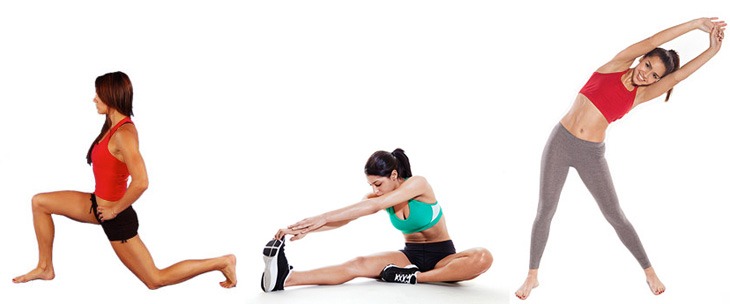
Static stretching helps overcome the “stretch reflex” (the tightening of a muscle when stretched) to elongate the muscle and help joints move into a wider range of motion. Static stretching is also a great “cool down” after exercise.
Great yoga poses for static stretching:
Pigeon Pose
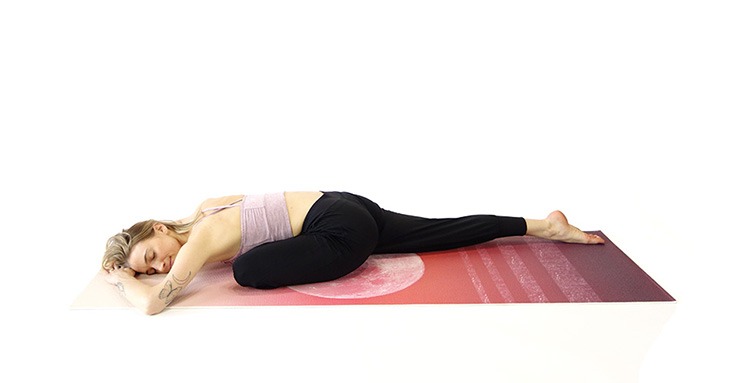
Lizard Pose
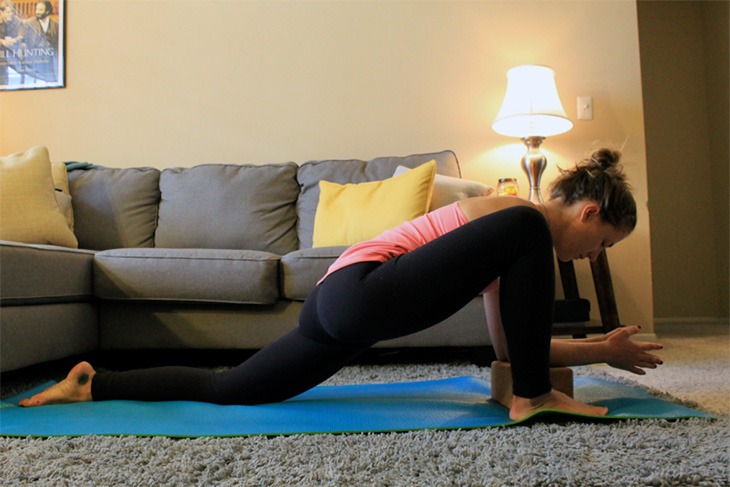
Wide-Legged Forward Fold

Cow-Face Pose
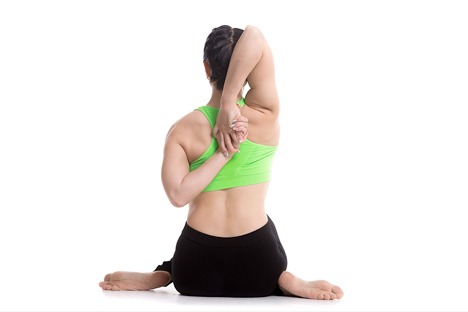
Dynamic Stretching
Dynamic stretching uses challenging movements to take the muscles and joints through their complete ROM and help the body develop a wider ROM. It is also great to warm up the joints, maintain current flexibility, and reduce muscle tension.
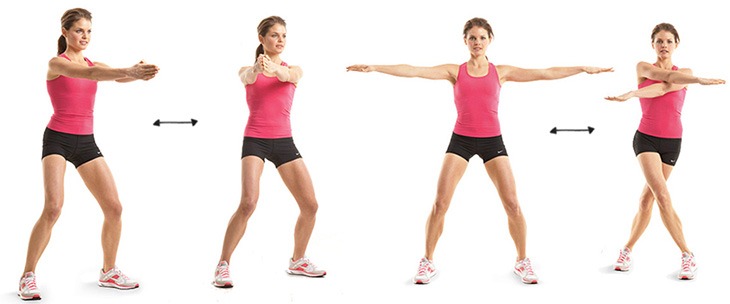
Be sure to begin at a slow, controlled pace and gradually increase your speed and repetitions. Dynamic stretching is a popular method among athletes as it actively and safely pushes the muscle’s ROM, without exceeding it.
Here are some great yoga sequences for dynamic stretching:
5-minute Hip Opener Sequence
Full Body Tone
Yoga Poses for a Perky Booty
Whether you choose static or dynamic stretching to add to your wellness routine, it is important to remember a few more tips to stay safe.
Guidelines for Flexibility Training
• Always listen to your body and work within it’s limits
• Breath is important. Exhale as you ease into the stretch to help relax the muscle to find more length
• Stretch each muscle group for total-body improvement
• Warm your muscles first to help muscles lengthen easier and with less discomfort
• Always modify when needed: use yoga props, the wall or a partner to help you stay safe
When working on increasing total body flexibility, try to aim for activities like yoga, Pilates and tai chi that help your body relax, increase flexibility, and encourage your body to de-stress.
Do you regularly stretch and feel the benefits from flexibility? Do you have any favorite yoga poses or stretches? We would love to hear from you, leave your feedback in the comments below.
Images: destinationfemme.com


This Month's Letter
From the Editor
Monthly motivation and food for
thought from our founder.



